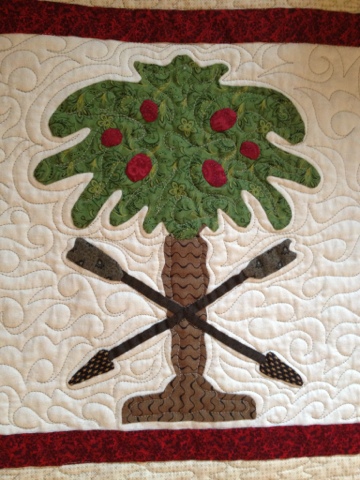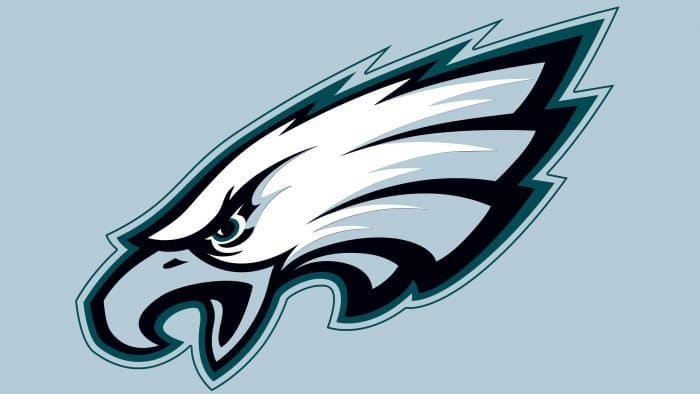

In 1787, the Constitution gave Congress exclusive power to coin money, and in 1792, Congress passed its first coinage act, establishing a national mint in Philadelphia and outlining a coinage system. The Fugio cents never made it into general circulation, and the government finally sold them to a merchant at a loss. Below the dial, the words 'mind your business'." the word fugio and on the other, the year in figures '1787'. a dial with the hours expressed on the face of it a meridian sun above, on one side of which. thirteen circle inked together, a small circle in the middle with the words, United States round it, and in the center the words, We Are One." "On the opposite side. Coiner James Jarvis was awarded a contract to strike 300 tons of Fugio cents.Ĭongress specified the design for the Fugio "on one side. Congress devised the Fugio to get sorely needed small change into circulation. In 1787 the United States issued its first official coin, the copper Fugio Cent. Morris's proposals were not approved by Congress and the Nova Constellatios were never produced in large quantities. The legend of the reverse, LIBERTAS JUSTITIA, means liberty and justice. The front design of the coin, an image of an eye, a circle of thirteen stars, and the inscription Nova Constellantio, meaning new constellation of stars. His system was based on a small monetary unit and appeared in three silver denominations: the mark (1,000 units), the quint (500 units) and the cent (100 units) and a copper piece worth five units. The 1783 Nova Constellantio coins were proposed under a system at a new mint planned by Robert Morris, then the nation's Superintendent of Finances. Although none of them won official status, they did spark a debate in Congress over whether portraying the President on a coin was proper, since it was similar to England's practice of putting the images of its monarchs on its money. Surprisingly, most of the Washington Pieces originated in England. A few depict Washington in classical rather than colonial dress. Over 20 varieties are known, mostly copper and silver cents struck independently between 17. The most famous pattern coins were the Washington Pieces, which all portray George Washington on the front of the coin. None of these pattern coins ever gained official status, though some probably received small, unauthorized circulation in the states. In the 1780s and 1790s, many independent coiners struck sample coins, known as pattern coins, in the hope of winning a contract with the United States. The only unresolved issue was whether to open a national mint or contract a third party to strike United States coins. But the country's leaders had come to believe that an exclusively national coinage was essential to establishing national sovereignty. Under the Articles of Confederation signed by the states in 1778, both Congress and the states had the power to coin money. In the process, the problem of a national coinage system took on great importance. Thus the term "not worth a Continental." Quest for a National CoinageĪfter the Revolution, the United States turned its attention to its war-ravaged finances. Colonial paper money rarely lasted very long because the colonies generally issued too much of it and the resulting inflation made the bills worthless. Most colonial notes were "bills of credit" notes meant to be redeemable in coin. When the colonies did not have metal to coin, they frequently used paper money. Therafter, that way, if England ever found out about this illegal coinage, Massachusetts could claim it had not made any coins since 1652. The reverse bears the inscription NEW ENGLAND AN DOM, the date 1652 and the Roman numeral XII (twelve pence or one shilling) in the center.Īll Pine Tree shillings were dated 1652, though they were produced for many years. On the coin the lettering MASATHVSETS IN encircles a pine tree.

WARLIKE EAGLE SERIES
The colony struck a series of silver coins, including the Pine Tree Shilling. In 1652, Massachusetts challenged England's ban on colonial coinage. To make change the dollar was actually cut into eight pieces or “bits.” Thus came the terms "pieces of eight" from these early times and "two bits" from our time. With its distinctive design and consistent silver content, the Spanish dollar was the most trustworthy coin the colonists knew. The most famous of these was the Spanish Dollar, which served as the unofficial national currency of the colonies for much of the 17th and 18th centuries.

In time, some Spanish, Portuguese and French coins appeared in the colonies as a result of trade with the West Indies.


 0 kommentar(er)
0 kommentar(er)
